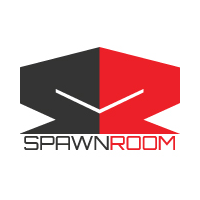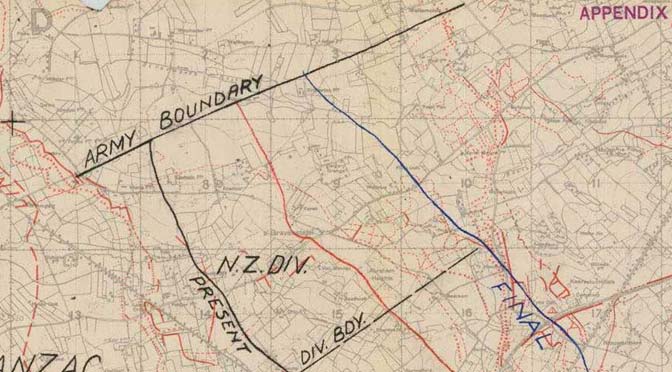I’m going to start publishing some of the strategy documentation I’ve worked on over the past year. It’s become an incredibly interesting field to study and I think it’s handled poorly in eSports (at least generally). We tend to “teach strategies” which require memorization of specific variables in complex scenarios. This is not helpful to new or even mid-level players. Instead fledgling competitors need fundamental understanding of strategy that allow them to fully grasp the “why’s” of specific strategies.
I’m going to start with an explanation of what I just mentioned above: teaching strategies is NOT the same as understanding strategy. When a new video is released that analyzes a professional strat, we often look to mimic their behavior. And this can have wonderful results that win matches, but the red flag here is that you didn’t succeed because you successfully employed a strategy. Rather, the strategy employed itself and took you along for the ride. Without actually controlling (or understanding) each element of what you mimicked, you are essentially just letting fate decide whether or not it works. This is because there are a range of potential variables at work in a complex environment. And this goes back to something I’ve mentioned before about why strategy works in the first place: because humans are incapable at fully controlling them. If our brains could wrap around strategies completely, keep everything in check, and update on the fly, we’d end every match in a stalemate. Strategy itself is the exploitation of your opponents weaknesses and inability to keep up. This is why fundamental lessons are so important and why specific strategies should be left to the pros.
So, what’s the alternative, you may ask? With a battlefield that changes too rapidly to completely keep up, you are better off training your mind to recognize individual elements. This allows you to keep a running tab on actions that result in a player/team advantage or disadvantage. Which in turn reveals how you should react. You’re basically looking for data that enables you to ask the right questions, make assumptions about the enemy team, or simply know what they’re doing. Don’t try and see the complete picture all at once, instead learn to break it down into its constituent parts.
This inability to alter strats on the fly happens frequently in CS:GO (of which I specialize), where teams who push a bombsite cannot quickly alter their plan when it reveals itself suicidal. A recent dust2 catwalk push comes to mind, where some players pushed out, got awped, and everyone sat by the stairs as the CTs closed in. We had roughly 5 seconds where we could have immediately turned towards B or thrown more flashes and smokes out to cover our rush, but everyone seemed to freeze up. Of course we weren’t properly communicating, but the lesson stands. We tend to look at a catwalk push as the strat itself and nothing more. But it consists of many smaller elements that can be understood and reacted to. The first AWP shot reveals our intent which means we know the mid and long A CTs are probably pushing out or falling back. A smoke towards T spawn could have masked our retreat while flashes and grenades towards double door could have bought us time to retreat. Additional grenades into A site could have delayed the CTs since they expected a push, attacking through mid could have cut off vulnerable reinforcements, and the list goes on.
Now you may think to yourself, that’s way too much to remember, it’s actually easier to just mimic a strat and hope it works. This may be true, BUT you don’t necessarily have to recognize everything all at once. Each teammate can recognize a single piece of data to help leverage the survivability of your team. Let’s say you alone suspect a CT from mid doors to jump on crate. This causes you to flash and grenade the area. Let’s say that you missed any damage, but the flash slowed the CT by a couple seconds. What you don’t realize is that your teammate would have died right there because the CT on the ground was about to pick him as he peeked towards T-spawn. Instead he was able to pick the CT coming from long A or launch a smoke obscuring his vision. Neither of you recognized the others tactic or the multitude of other options, but still managed to save one another and buy time. All because you recognized one element of what was going on around you.
This is the essence of better strategy. It’s not memorization of complex scenarios or mimicking professionals. It’s about recognizing what they’re made of and the patterns that emerge because of them. So go out, spectate, and start picking apart your game. Don’t worry about why the match was won or lost, worry about why someone died in a specific moment and how it could have been avoided. Good luck!

